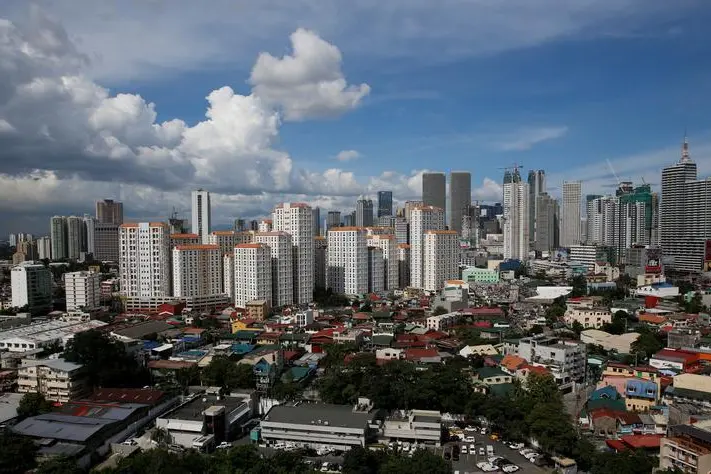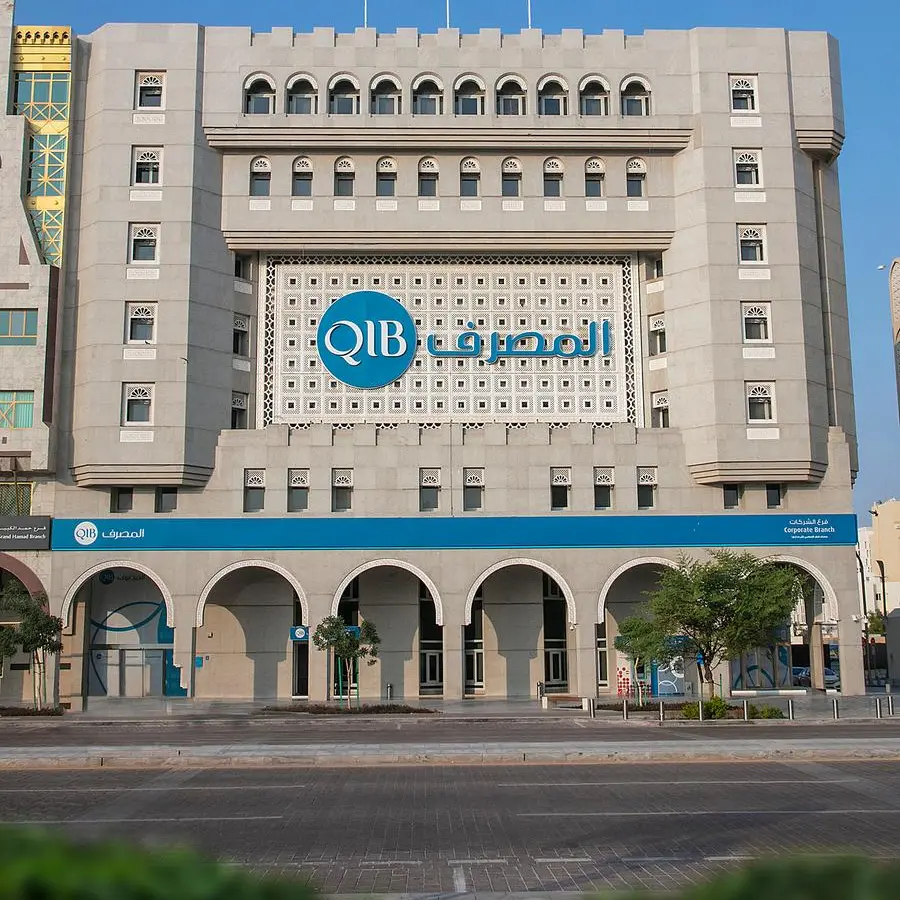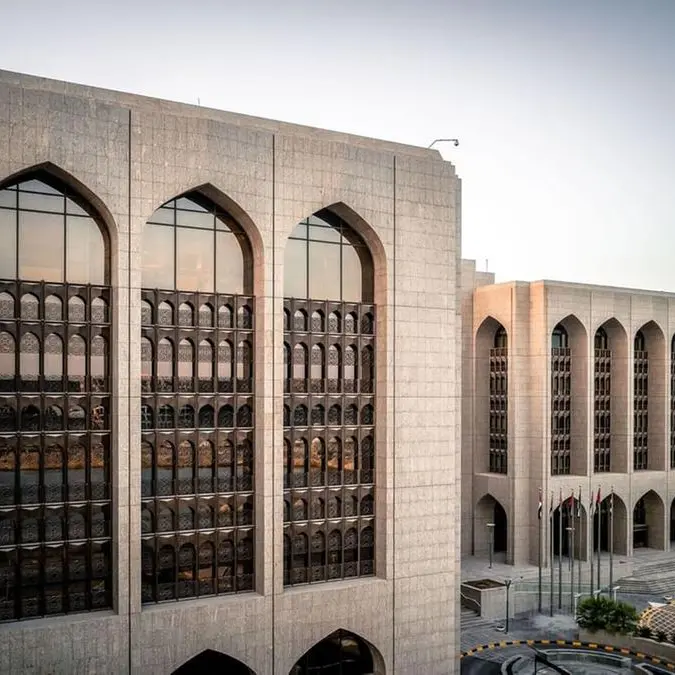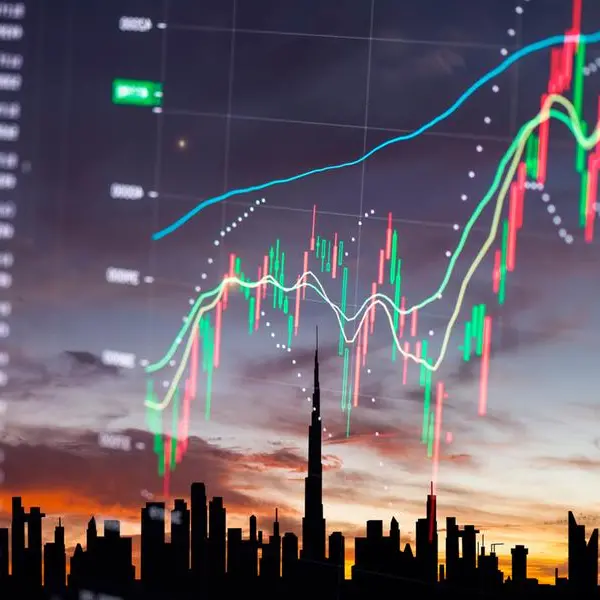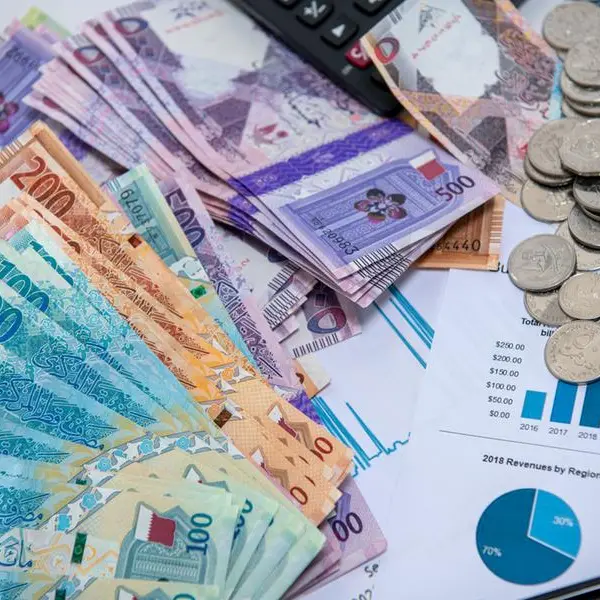PHOTO
Image used for illustrative purpose A view of residential condominium buildings at a residential neighbourhood in Mandaluyong, Metro Manila, Philippines August 22, 2016. Picture taken August 22, 2016. Erik De Castro, Reuters Image for illustrative purpose.
The Philippine economy may grow within the six to seven percent target for this year, but it could fall below the targets set for 2025 and 2026 due to the negative impact of previous rate hikes on demand, according to the Bangko Sentral ng Pilipinas (BSP).
In its August Monetary Policy Report, the BSP said gross domestic product (GDP) growth could fall below the 6.5 to 7.5 percent and 6.5 to eight percent targets for 2025 and 2026, respectively.
'Growth prospects are relatively stable for the rest of the year, driven by robust construction spending and the timely implementation and expanded coverage of various government programs,' the BSP said.
The economy is also on track to grow 'near potential,' as the overall balance of demand and supply conditions indicated limited demand-based inflationary pressures over the coming years.
However, based on estimates from the BSP's Policy Analysis Model for the Philippines (PAMPh), the output gap will remain slightly negative in 2024 and 2025, closing only in 2026.
'Higher consumption, driven by higher real wages and stable overseas Filipino remittances, could offset the negative impact of previous policy interest rate adjustments on demand. This will bring domestic output closer to its potential over the policy horizon,' the BSP said.
Improving labor market conditions and continued investment growth could also help support potential output of the economy, it said.
Growth in productivity is also seen to improve further due to robust economic activity and stable infrastructure spending. Key reforms can also boost investments and business activity, which can help accelerate the country's potential output.
Based on the latest data from the Philippine Statistics Authority, the economy expanded by 6.3 percent in the second quarter, faster than the 5.8 percent growth in the previous quarter and 4.3 percent a year ago.
Meanwhile, the BSP expects global growth to remain stable in 2024 and 2025 based on forecasts from the International Monetary Fund (IMF).
'The risks to the global growth outlook remain broadly balanced, with emerging near-term risks stemming from persistent inflation and geopolitical concerns,' the BSP said.
'Upside risks continue to emanate from short-term fiscal impulses from election spending in major economies in 2024 and faster-than-expected monetary policy easing,' it said.
The IMF projects the global economy to grow by 3.2 percent in 2024 and 3.3 percent in 2025.
Copyright © 2022 PhilSTAR Daily, Inc Provided by SyndiGate Media Inc. (Syndigate.info).
